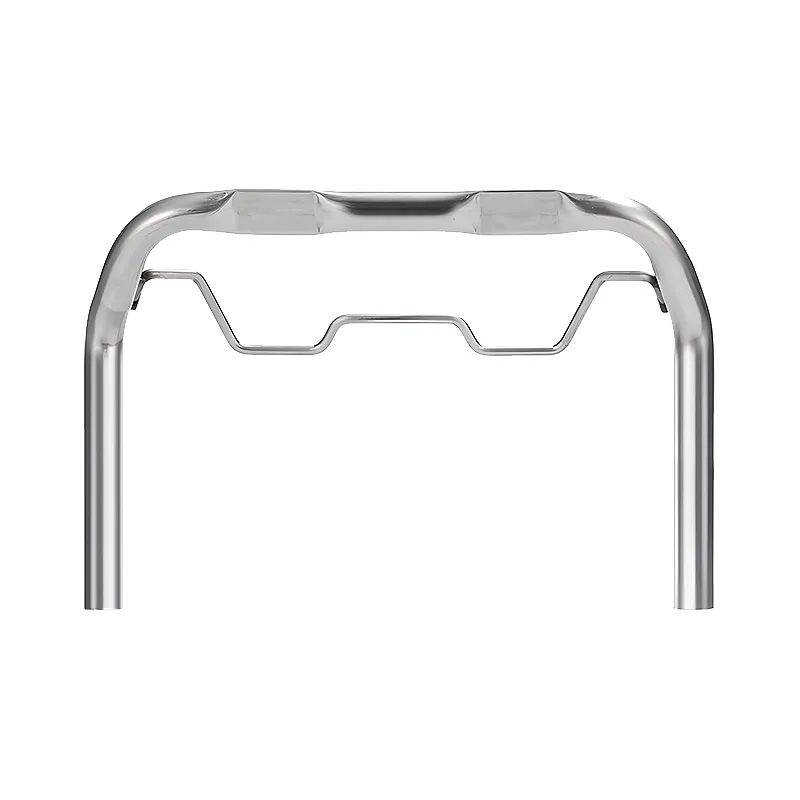
Seamless Pipe vs. Welded Pipe A Comprehensive Comparison
In the world of piping and tubing, the choice between seamless pipes and welded pipes is critical for various applications across numerous industries. Both types of pipes have unique characteristics, advantages, and limitations, making them suitable for different situations. This article will delve into the essential differences between seamless and welded pipes, helping to clarify which option might be best for your specific needs.
Definition and Manufacturing Process
Seamless Pipes are manufactured from a solid round steel billet, which is heated and then perforated to create a hollow tube. The absence of seams or joints makes seamless pipes particularly strong and durable. This method of production ensures that the material is homogeneous and does not have weak points that can occur at joints.
Welded Pipes, on the other hand, are created by rolling a flat plate around into a tubular shape and then welding the edges together. This process results in a seam that runs along the length of the pipe. While modern welding techniques have improved the quality and strength of welded pipes, they still generally involve a potential weakness where the welds are located.
Strength and Pressure Ratings
One of the most significant advantages of seamless pipes is their superior strength. The absence of welds means that seamless pipes can withstand higher pressure and stress, making them a preferred choice for high-pressure applications, such as oil and gas pipelines, chemical processing, and power generation systems.
In contrast, welded pipes are generally sufficient for standard pressure applications, but they may have lower pressure ratings compared to their seamless counterparts. The welded area can weaken the overall integrity of the structure, especially if it is subjected to continuous stress, extreme temperatures, or corrosive environments.
Cost and Versatility

When it comes to cost, welded pipes are usually less expensive than seamless pipes. The manufacturing process for welded pipes is less complex and requires less raw material, which contributes to lower production costs. As a result, for applications where high pressure is not a critical factor, welded pipes may be more economical.
However, the choice between seamless and welded pipes should not be based solely on price. Factors such as application requirements, regulatory standards, and specific properties like corrosion resistance and temperature/safety considerations must also be taken into account.
Applications
Seamless pipes are predominantly used in critical applications where safety and reliability are paramount. Industries such as oil and gas, aerospace, and nuclear power frequently rely on seamless pipes for transporting high-pressure fluids or gases. Their ability to resist deformity under high pressure makes them ideal for these applications.
Welded pipes find their utility in industries where the cost is a significant factor, such as construction and water transportation. They are widely used for plumbing, heating, and general-purpose applications where the pressure requirements are low to moderate. Furthermore, welded pipes can be produced in larger diameters, making them suitable for various commercial and industrial applications.
Corrosion Resistance and Lifespan
Both seamless and welded pipes can be treated to resist corrosion, extending their lifespan. However, seamless pipes tend to perform better under corrosive conditions because the lack of seams reduces the chances of corrosion at the joints. Proper maintenance, such as regular inspections and protective coatings, can significantly enhance the longevity of both types of pipes.
Conclusion
In summary, the decision between seamless and welded pipes ultimately depends on the specific requirements of the application. Seamless pipes excel in high-pressure and high-stress environments, while welded pipes offer an economical solution for standard applications. Understanding the strengths and weaknesses of each type will allow engineers and procurement professionals to make informed decisions that ensure the safety, efficiency, and cost-effectiveness of their piping systems. By evaluating factors such as pressure ratings, costs, and application suitability, one can select the most appropriate pipe type for any project.